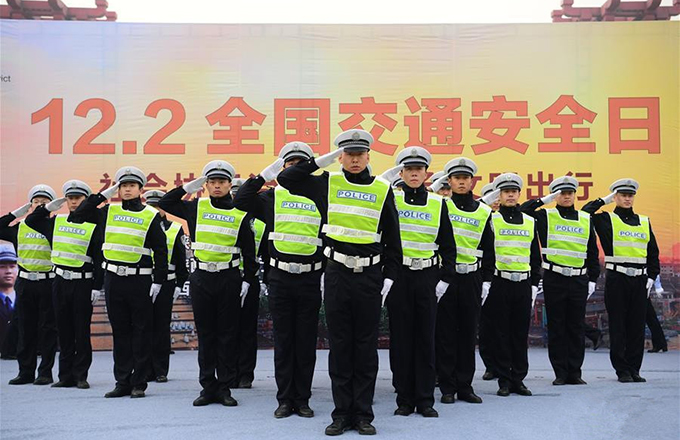Moody's downgrading report questionable
International credit rating agency Moody's Investors Service recently downgraded China's sovereign credit rating from Aa3 to A1, which may have some negative influence on China-funded organizations issuing bonds or financing projects in overseas markets in the next few years. Moody's is one of the three dominant credit rating agencies in the world and has plenty of experience in collecting information on credit rating.
But its downgrading of China's credit rating exposes it lacks understanding of the Chinese economy's growth opportunity, the potential of the country's supply-side structural reform, and the relevant management policy the Chinese government is implementing.
As an emerging market economy, China is undergoing transition and is expected to bottom out after the economic downturn that started in 2011. And since China's economic situation is different from other economies, Moody's downgrading is questionable.
First, Moody's report says the Chinese government's direct debt balance in 2018 will account for about 40 percent of GDP, which is an inaccurate and exorbitant estimation of China's actual situation. Moody's report also speculates that the ratio may increase to 45 percent in 2020.
Last year, China's central government debt balance and local government debt balance were 12.01 trillion yuan ($1.76 trillion) and 15.32 trillion yuan. The total government debt balance last year was 27.33 trillion yuan, accounting for 36.7 percent of GDP. Although we cannot rule out the possibility of the ratio increasing to some extent in the next two to four years, it is still difficult to arrive at the conclusion that the ratio may jump to 45 percent considering China's strict policy for managing government debt.
If China maintains its average annual GDP growth at 6.5 percent in the next four years, China's overall GDP will reach 95.7 trillion yuan in 2020, and 45 percent of GDP in that year would be 43 trillion yuan. If that were to happen, according to Moody's estimation, China's government debt will increase by 15.75 trillion yuan from 2016 to 2020, which seems extreme and indiscreet.
Second, since credit rating is a prospective estimation that guides market behavior, it should be based on the fundamentals of the Chinese economy. It is undeniable that China faces many challenges and difficulties in deepening reform and stepping into the new economic normal. But in the past six quarters, China's economic growth has been 6.7 percent or above, which many say is the turning point of the economic downturn.
Besides, the Chinese government's determination and confidence of controlling the scale of government debt should not be ignored. But since Moody's did so to reach the conclusion on Chinese government debt, its report is not impartial, let alone reasonable.
Third, that Moody's report claims China's debt in local government financing platform and State-owned enterprises' debt will grow steadily exposes its ignorance of China's legal construction, especially its recent laws. China's newly revised Budget Law clearly stipulates that local government debt should be publicly issued through the budget process, and local government financing platforms established earlier should not issue local government debts. According to the Security Law, local authorities should not guarantee organizational or individual debts. So Moody's estimation is unconvincing, especially because the Chinese government has been making concerted efforts to promote the rule of law in an all-round way.
And fourth, even if China's government debt in 2020 increases to as high as 45 percent of GDP, it will still be the lowest among the major economies. Moreover, the ratio would be much lower than the European Union's 60 percent government debt warning line. In fact, in the United States and Japan, government debt is even higher-about 100 percent and 250 percent of their respective GDP.
Considering China's great market potential, scope of market growth, ever-deepening supply-side structural reform, and risk prevention and control capacity of the economic regulation system, Moody's decision to downgrade China's credit rating is, to say the least, questionable.
The author is the director of the China Academy of New Supply-side Economics.




















